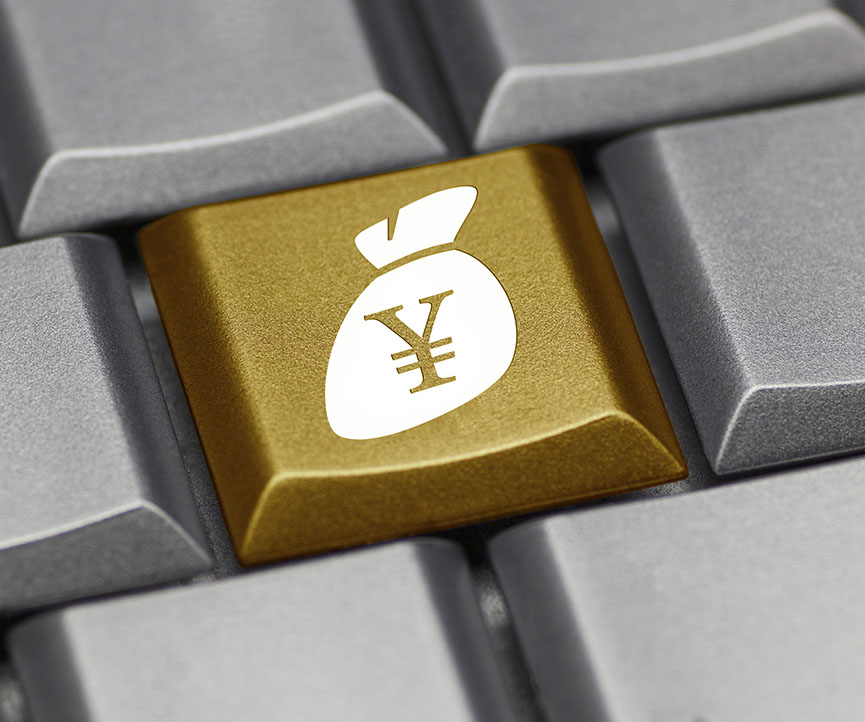Yield Curve Control by BOJ
Published in EIC Outlook Q1/2017 Click here for more detail
The Bank of Japan (BOJ) has been conducting its monetary policy through a program of quantitative and qualitative easing (QQE) since April 2013. The main goal is to accelerate Japan’s inflation to a target rate of 2.0%. Over the past three years, the BOJ has pursued its unconventional monetary policy by purchasing various assets in the financial markets including government and corporate bonds, ETFs and real estate funds. It also set its policy interest rate at a negative level to create eased financial conditions that should enable the economy to battle deflation. As a result of ultra-easy monetary policy since 2013, the BOJ’s balance sheet size has increased by 2.8 times—from 159 trillion yen in 2013 to 451 trillion at present.
The yield curve control is the BOJ’s latest monetary framework, announced in September 2016, to stabilize Japan’s financial conditions. Under this new policy, the BOJ sets targets for both the short-term and long-term interest rates to control the yield curve. The short-term policy rate is currently set at -0.1%, while the long-term interest rate is controlled by keeping the 10-year government bond yield at around 0%. Under this regime, the BOJ stands ready to buy and sell Japanese government bonds (JGBs) to achieve the targeted rate. The trading volume of JGBs could be above or below the previous target of 80 trillion per year. Meanwhile, purchases of other assets remain unchanged: corporate bonds at 5.4 trillion yen per year, ETFs at 6.0 trillion yen per year, and real estate funds at 90 billion yen per year.
